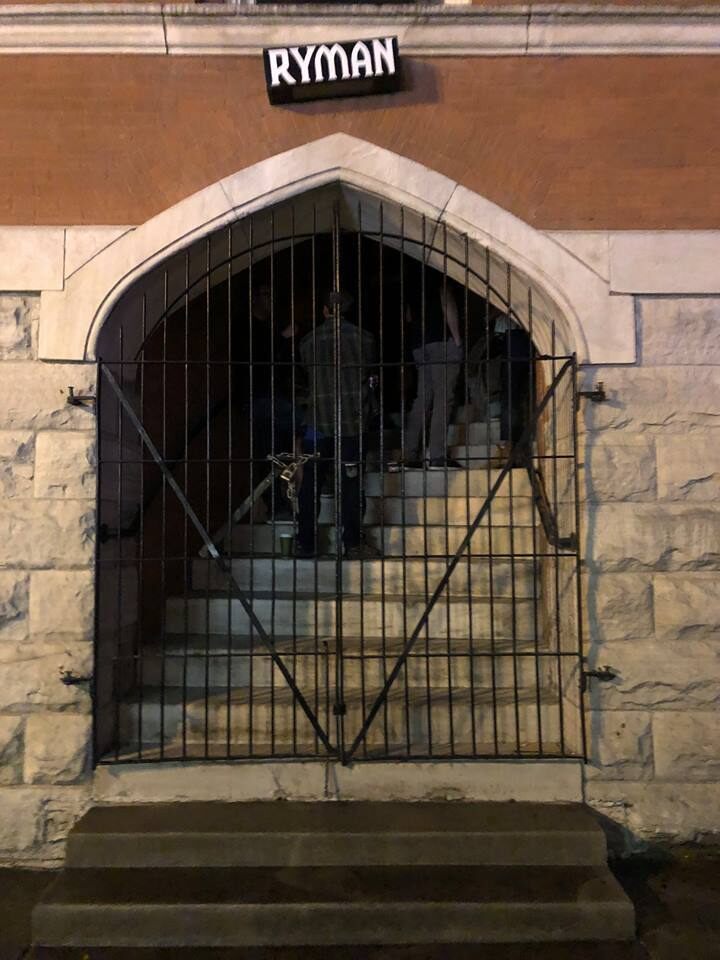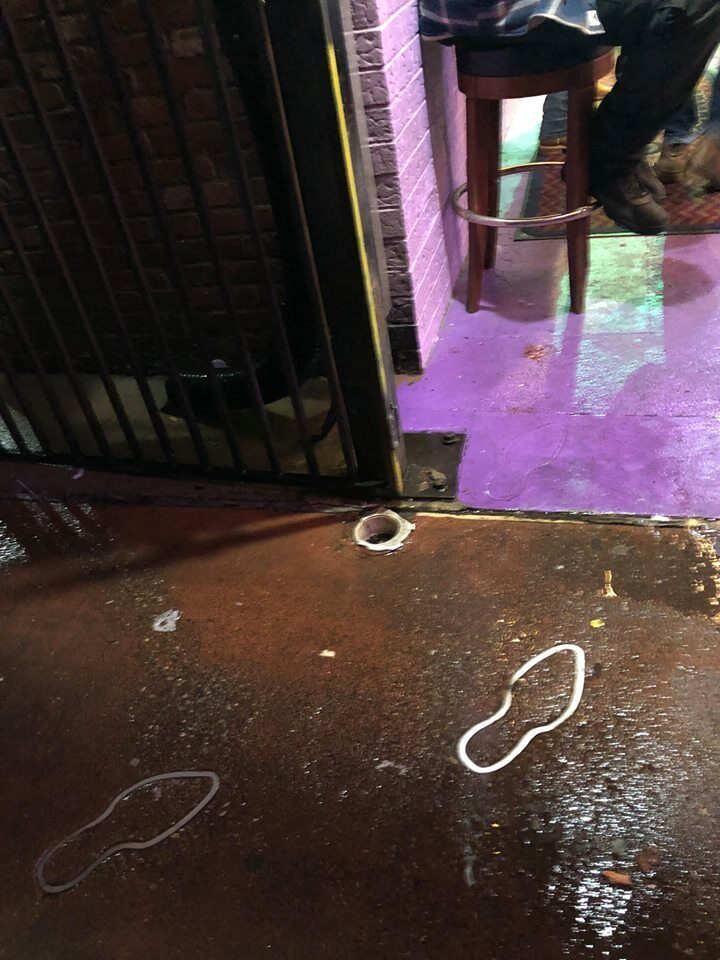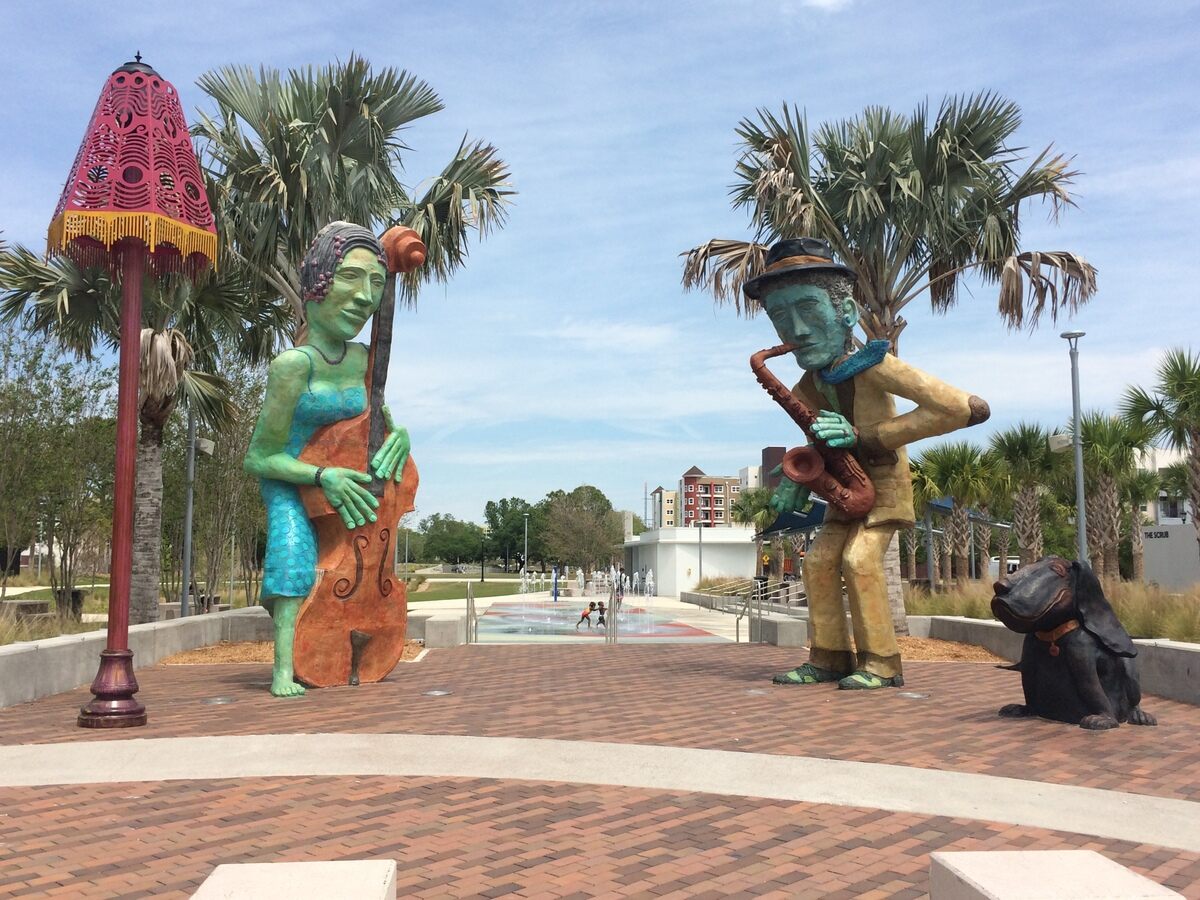In my travels throughout Florida and the southeastern US as a whole, visiting various lesser known monuments and historical sites has revealed to me a stark and disheartening difference in the way some of them have been preserved. While removing or relocating confederate civil war monuments and statues has triggered outrage among some (especially and not surprisingly white supremacy groups), important historical reminders of black history such as cemeteries and, in at least one case, an entire town that was destroyed by racial violence, have been plowed over and erased from the map for decades with hardly any notice. In the wake of George Floyd's murder and the ongoing protests around the country over systemic racism and police brutality, it seemed like the right time to shine a spotlight on some of these little known spots. There are a great many other sites, including those along the
Florida Black Heritage Trail, but this just reflects some of those with which I am most familiar.
1. The Harlem of the South
During segregation, roughly half of all black people living in Tampa occupied the area known as the Scrub. Central Avenue there became the black business and entertainment district, known as the Harlem of the South, with almost 100 shops and storefronts. Those businesses included a boarding house where "The St. Pete Blues" was recorded by a little known musician at the time named Ray Charles. That song would go on to be his first major hit. Today Central Ave is the site of Perry Harvey, Sr. Park and displays along the sidewalk illustrate the development, culture, history and key figures that made Central Avenue a success up until it's decline the sixties. The shooting of a 19-year-old black man named Martin Chambers by a white police officer in 1967 led to rioting and essentially closed the chapter on Central Avenue's many decades of prosperity.
2. Progress, One Step at a Time
In other posts I've mentioned my deep affection for St. Augustine, with it's centuries of history dating back to Spanish and English occupation. On a more recent trip there, I discovered that it also contains an important piece of much more recent, Civil Rights history, in the form of several bronze footprints near the corner of King Street and St. George Street. Known as Andrew Young's Crossing, the footprints terminate abruptly at the spot where the young activist was knocked unconscious by an angry white mob while leading a peaceful protest march on behalf of Dr. Martin Luther King. Young and his marchers remained true to the ideal of passive resistance and endured the brutal beatings. This has been cited as one of the events which led President Lyndon Johnson to pass the Civil Rights Bill on July 2nd, 1964. Young went on to become America's first African American U.N. Ambassador and subsequently Mayor of Atlanta. He has since returned to St. Augustine multiple times, completing the path from which he was once forcefully prevented.

3. Where is Rosewood?
If you've ever visited the quaint beach community of Cedar Key, you likely drove past a historical marker along Florida State Road 24. That marker is essentially all that remains of the town of Rosewo
od, which was torn apart and set ablaze when racial tensions erupted into a violent massacre. Rosewood was once a peaceful lumber town, but that all changed on January 1st, 1923 when a white woman accused a black man there of assaulting her. According to the marker, "In the search for her alleged attacker, whites terrorized and killed Rosewood residents. In the days of fear and violence that followed, many Rosewood citizens sought refuge in the nearby woods. White merchant John M. Wright and other courageous whites sheltered some of the fleeing men, women and children. Whites burned Rosewood and looted livestock and property; two were killed while attacking a home. Five blacks also lost their lives: Sam Carter, who was tortured for information and shot to death." The death toll is actually now believed to have much higher and that the female accuser was trying to cover up an affair. Though profoundly tragic and disturbing, many have not heard of the events that transpired in Rosewood, because for almost 60 years the massacre was a taboo subject, until former residents began reluctantly opening up about it in 1982.
4. Green Benches, Invisible Bars
As far back as 1916, the city of St. Petersburg knew it was going to become a major tourist destination. Toward this end, Mayor Al Lang realized that amid the beaches, shopping and other attractions, visitors would appreciate a comfortable place to sit. So he began regulating the dimensions, size and color (green) of the benches around the city. Thousands of them sprung up - you can still see the smiling faces of people sitting on them in old postcards. Smiling, old, white faces, that is. According to Ray Arsenault – John Hope Franklin Professor of Southern History at the University of South Florida St. Petersburg, "the black residents of St. Petersburg had their place, but that place was not on the green benches." They weren't expressly forbidden from them, but they didn't have to be - it was simply understood. Eventually, in the 1960's, the City realized the error they had made and removed the benches in an attempt to rebrand the city as younger as more diverse. But the damage was done and the connections between the green benches and systemic racism was inseparable. Today you can still find one of those few remaining green benches in the Florida Holocaust Museum.
5. Separate and Unequal... in Death as in Life
I dedicated a chapter to this subject in my upcoming book, "Secret Tampa Bay: A Guide to the Weird, Wonderful and Obscure," and the story is unfolding in real time as more cemeteries are discovered, so I won't say too much about it. Suffice it to say that as many as a dozen of the Tampa Bay area's oldest black cemeteries very quietly slipped off the map and became lost. The oldest of these, Zion Cemetery, was recently discovered to have been underneath public housing for the last 70 years. In their haste to cash in on available land, the developers never even bothered to move the coffins. To compound the pain of those family members who are learning that the graves of their relatives were ignored and built over, many of the residents there have had to be relocated. More recently another black cemetery was discovered under a local high school and now it appears that a third may have been found in Clearwater. Still others will likely be rediscovered in the coming days - a painful reminder of how black history and bodies have been bulldozed, erased and forgotten.
As mentioned previously - these are just a very few of the vast number of historically and culturally significant black history sites in central Florida. There's the home of Zora Neale Hurston, Fort Mose, the Bing Rooming House Museum, school houses, churches, cemeteries and monuments. I plan to explore this topic further, and I look forward, as always, to sharing with you what I discover.




